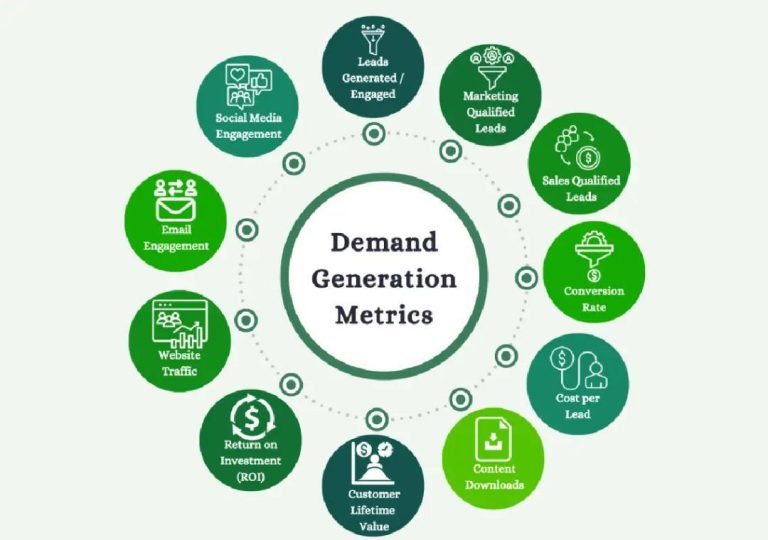
Is Analytics a Support Function or a Growth Engine?
In today’s data-driven world, analytics has transformed from a supporting function to a growth engine. Gone are the days when analytics was limited to reporting and insights. Now, data analytics is playing a critical role in guiding strategic decisions across various business functions, from pricing and product launches to supply chain management and customer targeting.
The pace of business has accelerated, and companies that fail to keep up are left behind. To stay ahead of the competition, businesses must be able to analyze data quickly and accurately to make informed decisions. In this post, we’ll explore the evolution of analytics, its impact on business decision-making, and why it’s no longer just a support function.
The Evolution of Analytics
Traditionally, analytics was viewed as a support function, primarily responsible for reporting and providing insights. This limited scope meant that analytics teams were often relegated to the back office, far from the key decision-making tables. However, with the advent of big data and advanced analytics, the role of analytics has undergone a significant transformation.
Today, analytics is an integral part of business strategy, driving growth, innovation, and competitiveness. The proliferation of data sources, including social media, IoT devices, and cloud storage, has created vast amounts of data that, when analyzed correctly, can reveal valuable insights. These insights can then be used to inform strategic decisions, optimize business processes, and drive revenue growth.
The Impact on Business Decision-Making
The impact of analytics on business decision-making is profound. With the ability to analyze large datasets, companies can now make data-driven decisions, rather than relying on intuition or anecdotal evidence. This shift has significant implications for various business functions, including:
- Pricing and Revenue Management: Analytics helps companies optimize pricing strategies, identify revenue opportunities, and predict consumer behavior. By analyzing customer data, companies can segment their market, target high-value customers, and increase revenue.
- Product Development and Launch: Analytics plays a crucial role in product development, helping companies identify market gaps, validate product ideas, and optimize product features. By analyzing customer feedback and behavior, companies can launch products that meet customer needs and preferences.
- Supply Chain Management: Analytics helps companies optimize supply chain operations, predict demand, and manage inventory levels. By analyzing data from various sources, including supplier networks and customer behavior, companies can reduce costs, improve efficiency, and increase customer satisfaction.
- Customer Targeting and Retention: Analytics helps companies identify high-value customers, understand their needs and preferences, and develop targeted marketing campaigns. By analyzing customer data, companies can personalize their marketing efforts, improve customer engagement, and increase retention rates.
Why Analytics is No Longer Just a Support Function
So, why is analytics no longer just a support function? The answer lies in the increasing importance of data-driven decision-making. As the pace of business accelerates, companies must be able to analyze data quickly and accurately to make informed decisions. Analytics provides the insights and visibility needed to drive growth, innovation, and competitiveness.
In addition, the proliferation of analytics tools and platforms has made it easier for businesses to adopt analytics and drive strategic decision-making. No longer is analytics the exclusive domain of IT or data scientists. Today, analytics is accessible to everyone, from business leaders to frontline staff.
Conclusion
In conclusion, analytics is no longer just a support function. It’s a growth engine that drives business strategy, innovation, and competitiveness. Companies that fail to adopt analytics risk being left behind, while those that embrace analytics will be better equipped to navigate the fast-paced business landscape.
As the quote from Growth Jockey’s blog post on data analytics fundamentals aptly puts it, “The businesses that win are the ones that read signals before they become trends.” By embracing analytics, companies can read those signals, make data-driven decisions, and stay ahead of the competition.
Sources:
https://www.growthjockey.com/blogs/data-analytics-fundamentals






